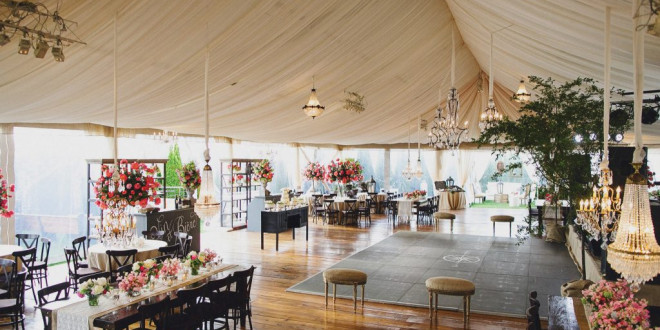[ad_1]
1. Know Your Audience
Knowing who your intended audience is an obvious, but sometimes overlooked step in the process of developing your slide show. For instance, if you’re showing your slide show at your wedding reception, perhaps you’ll want to include some pictures of the guests, and not just pictures of you and your fiancee.
2. Shorter is Sometimes Better
After you’ve determined who your intended audience is you can start to get an idea as to how many pictures you’ll want to include in your slide show. We’ve found that video montages that are between 8 – 12 minutes in length are ideal for wedding receptions. This usually works out to about 3 songs and 75-100 pictures. While you can certainly display more photos during your slide show, you want to be careful not to subject your guests to an extremely long slide show. Some people have elected to develop two slide shows. One that is their “personal” slide show that will be given to their parents or kept for themselves and the other is their “reception” slide show that will be shown during the big event.
3. Choose Quality Photographs
While recent advances in digital photo restoration have allowed torn and poorly developed photographs to be brought back to life, there is only so much that the software can do. Pictures that look great printed (correct lighting, framing, developed properly) will also look great while scanned. Pictures that are extremely dark or grainy, while perhaps improved somewhat, will still not appear the best.
4. Choose a Variety of Photographs
Even though you may love all the pictures of your dog Rusty, you’re audience may not want to sit through all the pictures of him. Instead of showing 10 pictures of ole’ Rusty, perhaps choose the best 2 or 3. Using a variety of photographs can keep your audience interest.
5. Landscape pictures show better than Portrait pictures
Given the standard 4:3 dimensions of television monitors, photographs that are in landscape mode (vertical) as opposed to portrait mode (horizontal) show better on a TV. While portrait photographs certainly can and SHOULD be used, you should be aware that there will typically be a black border that appears around the photograph. It’s best to use these sparingly throughout the slide show and not clump them all together.
6. Give some thought to music
Choose music that has meaning to you, music whose lyrics go well with the pictures. Also pay attention to how long the music you’re choosing is. If you’re only showing 30 pictures, you might not want to choose a 8 minute song.
7. Add short video clips
Do you have any home videos sitting around gathering dust? Think about adding perhaps a 10-15 second video clip in the middle of the slide show. The video clip can help break up the video montage and is a great way to keep your audiences interest.
8. Add motion to your slide shows
Slide shows developed on PowerPoint and other consumer level software will typically be just static photos that go from one picture to the next. Consider having your slide shows created with the “Ken Burns” effects that Pan and Zoom on each photograph. This can help bring your pictures to life.
9. Add transitions to your slide shows
Transitions such as fade in/fade out, dissolve, and image peel are also an effective way to move from one photograph to the next.
10. Test! Test! Test!
If you’re planning on showing your video montage or slide show at an event like a wedding reception, try and test ALL the equipment prior to the big day. Make sure the projector or television, DVD Player or Laptop, and sound is all working.
Creating a captivating slide show or video montage can be done successfully with keeping a few of these tips in mind. Pictures that are preserved to DVD can be enjoyed for years to come.
[ad_2]
Source by Mike Yared

